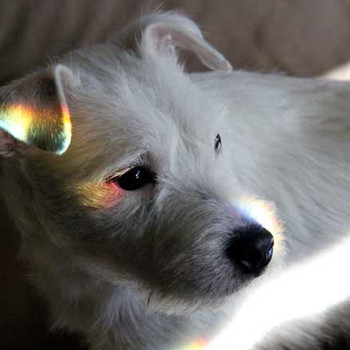Why is #N(OH)_3# unknown?
2 Answers
Refer to the explanation.
Explanation:
The nitrate ion,
Note: carbonic acid is composed of the carbonate anion,
The following is a list of polyatomic ions with their names, formulas, and charges.
http://www.chalkbored.com/lessons/common-polyatomic-ions.pdf
More information can be found here: http://antoine.frostburg.edu/chem/senese/101/compounds/polyatomic.shtml
To address your question, I think you ask why a molecule such as
Explanation:
Trihydroxylamine,
Just to add that for the Lewis structure of nitrate anion,
For the neutral parent acid,


